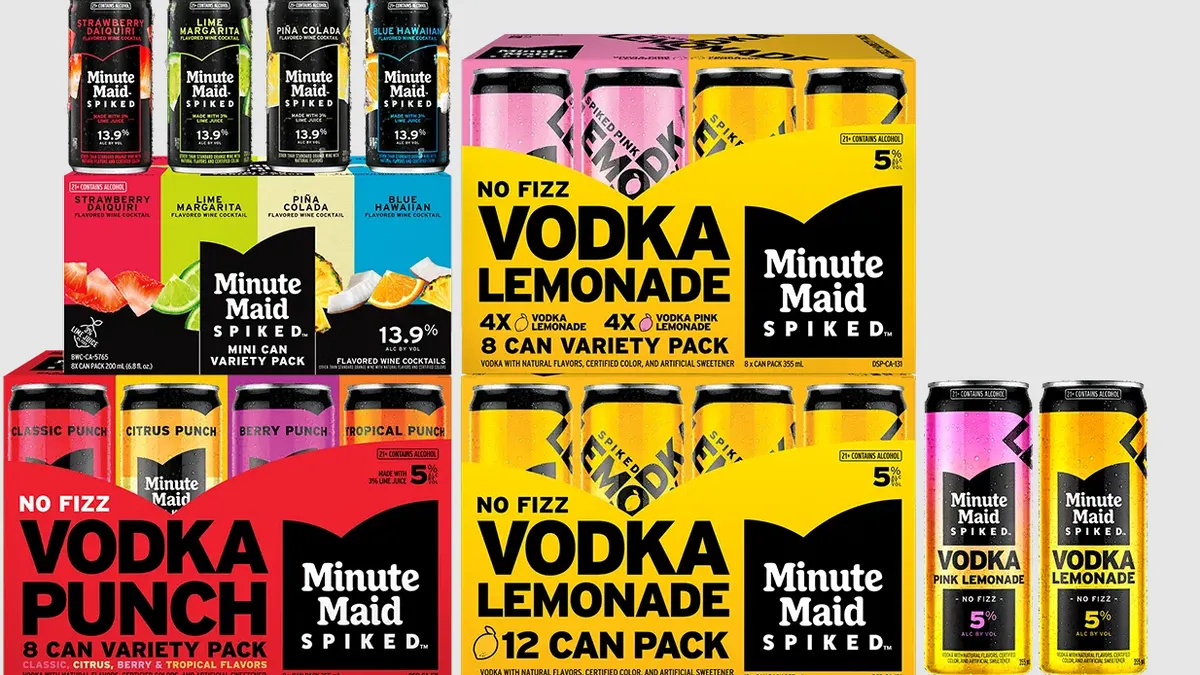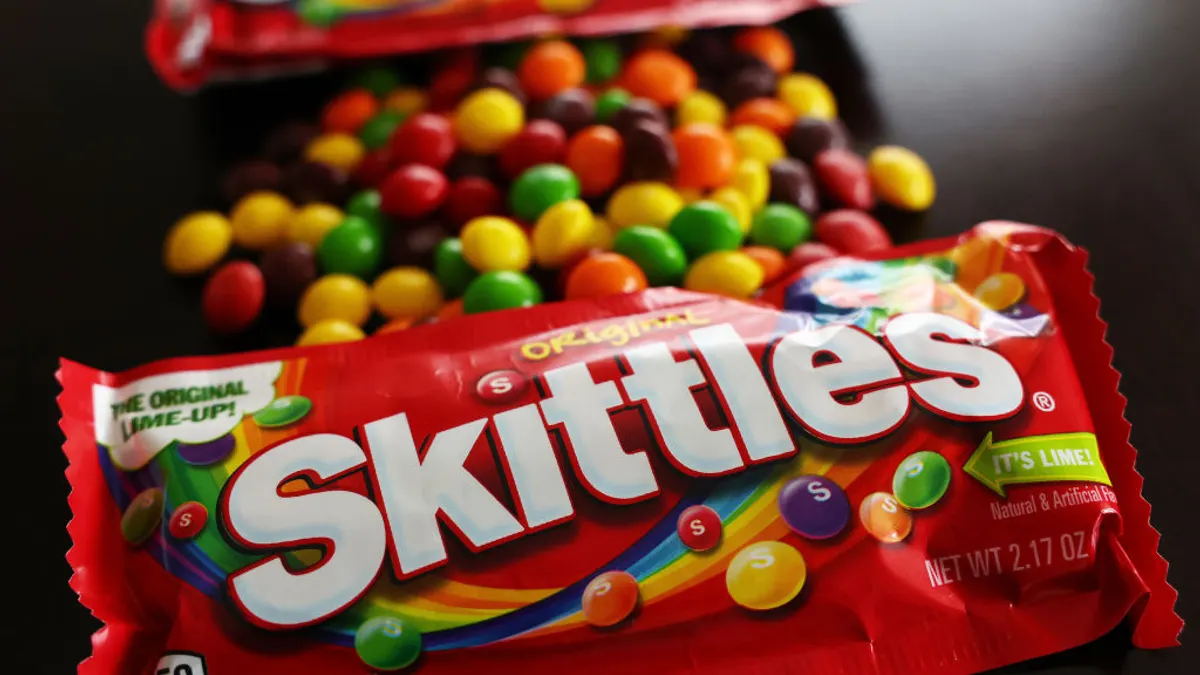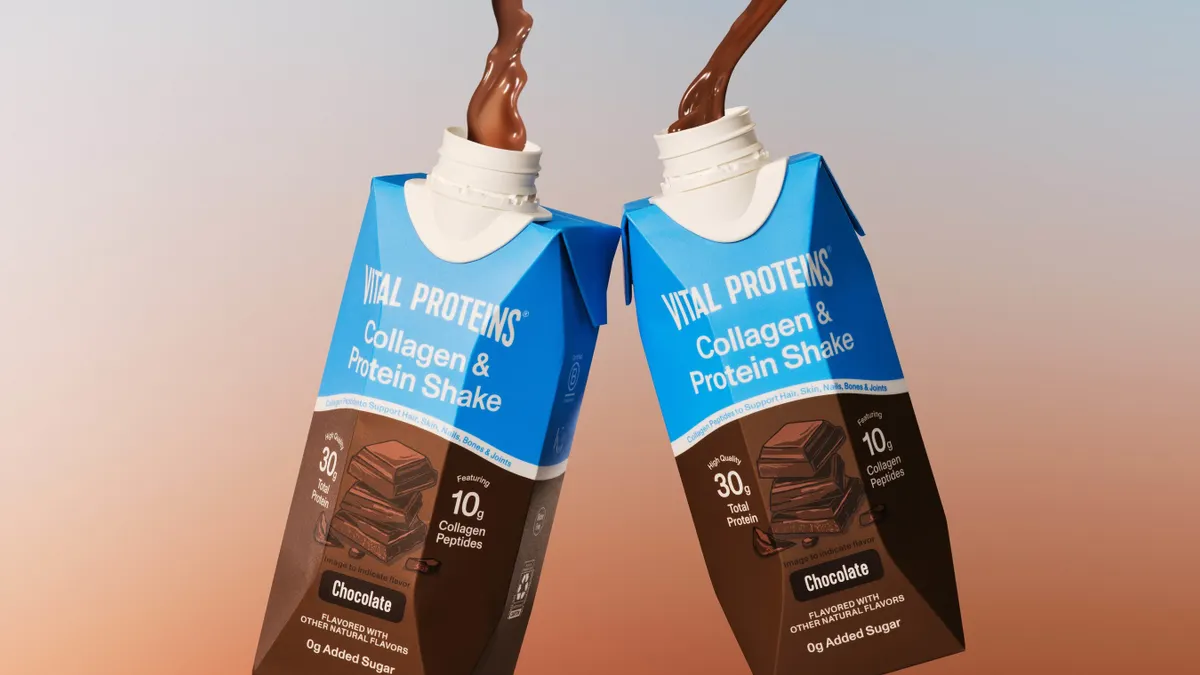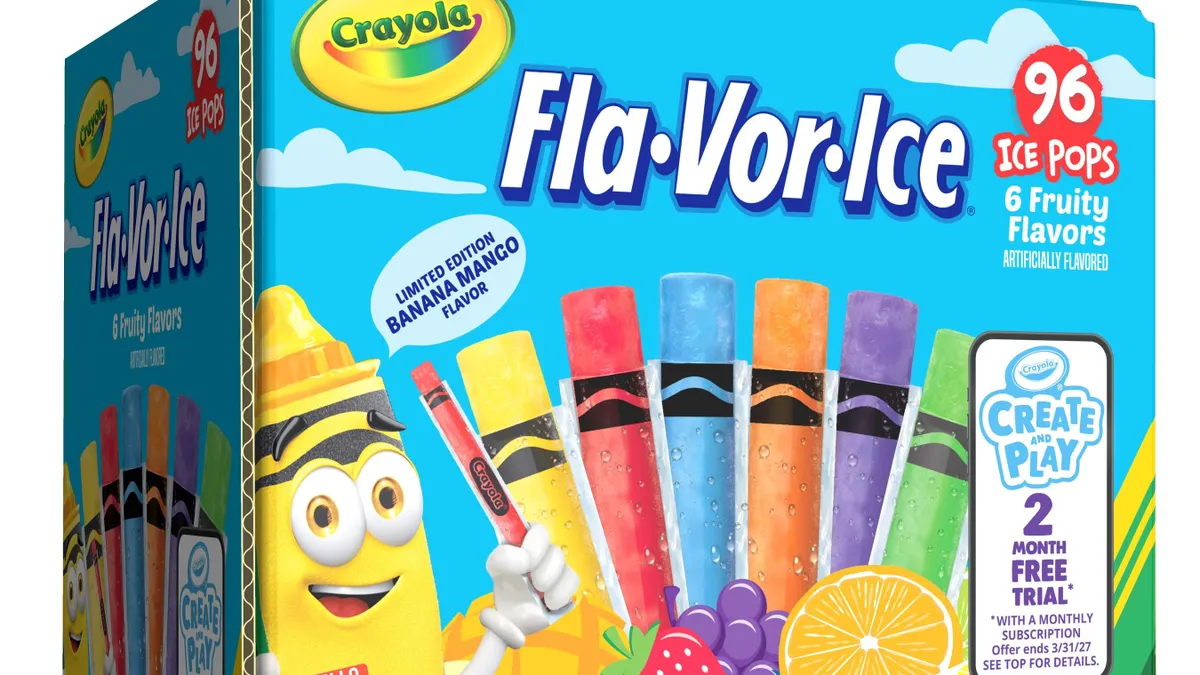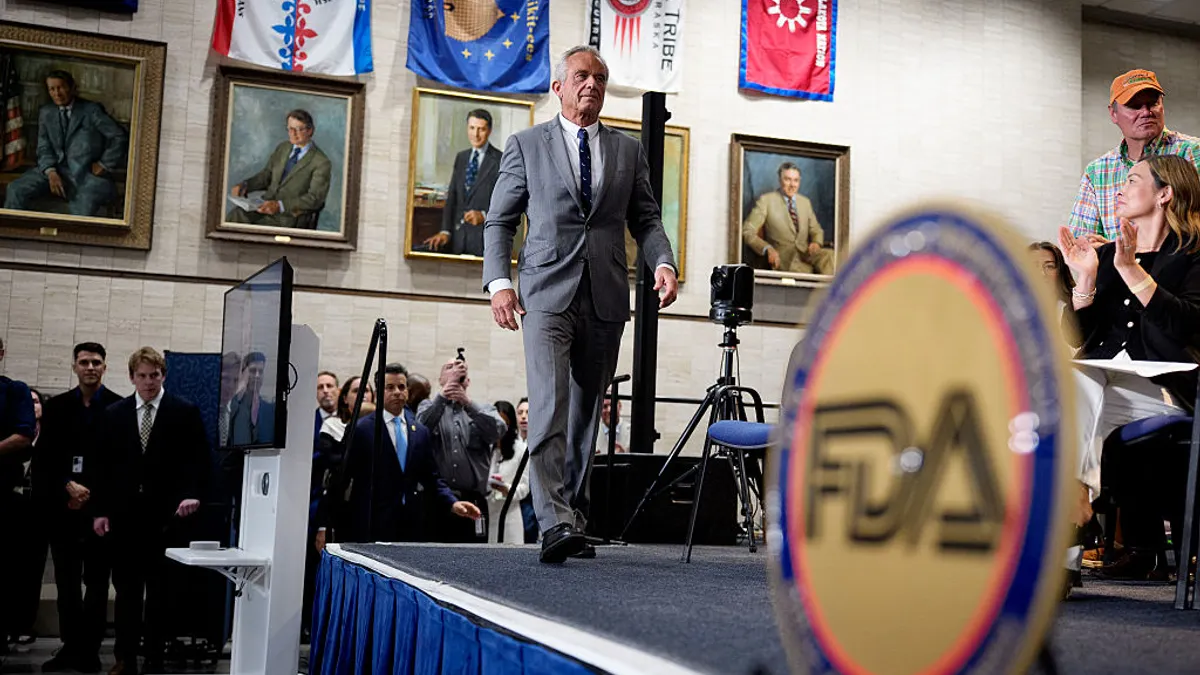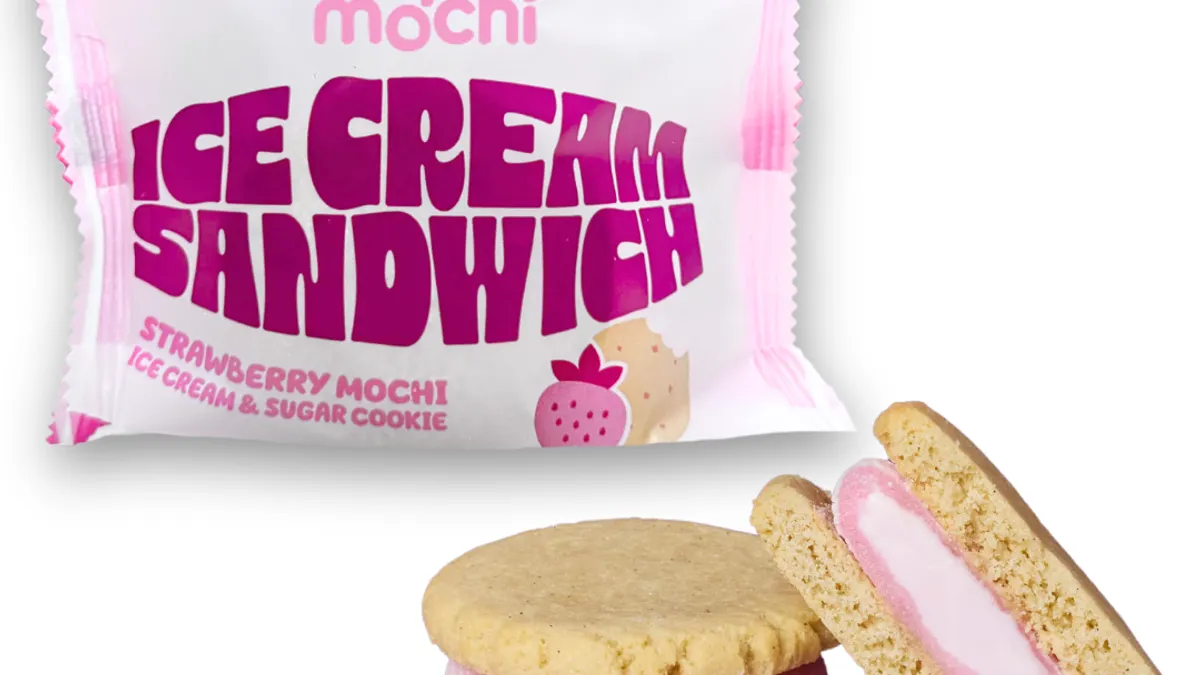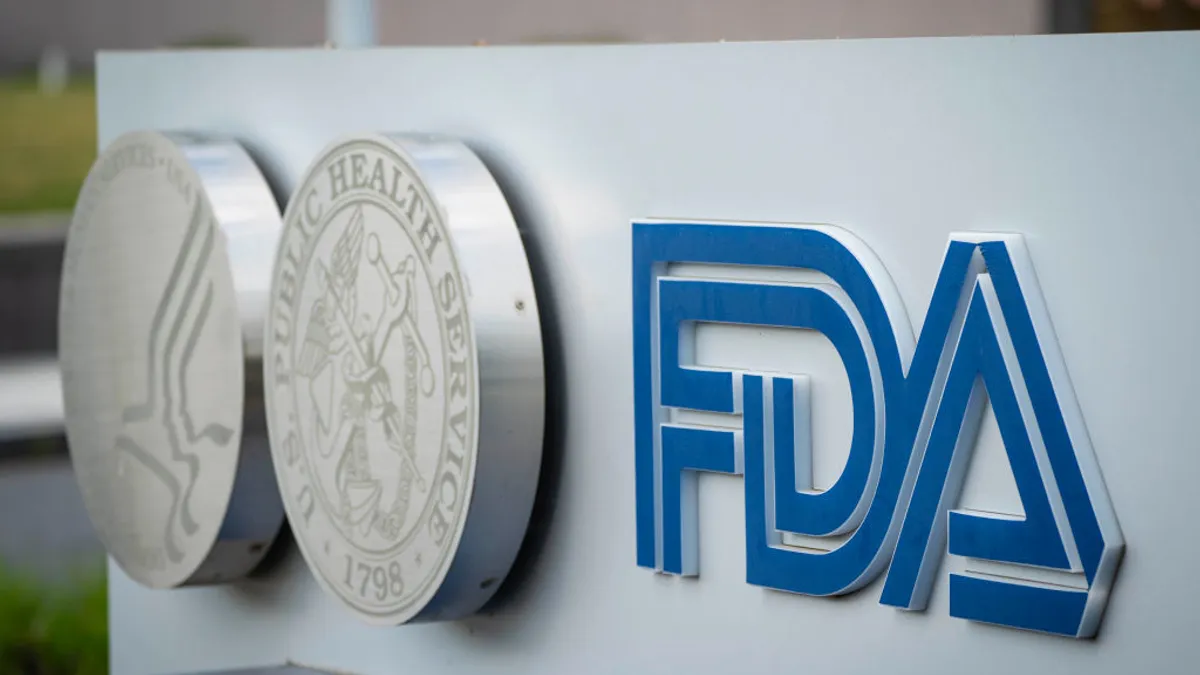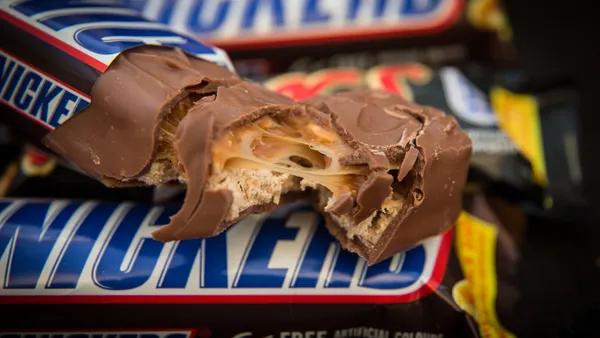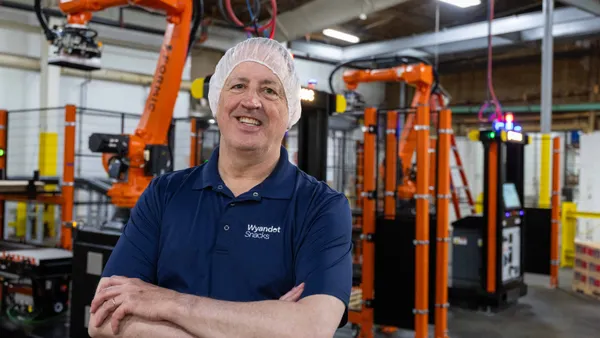When the first alcohol-free spirits hit the market a few years ago, they needed serious zhuzhing to taste even remotely palatable.
Previously, using nonalcoholic spirits often meant adding layers of extra ingredients — not to mention sugars and calories — to build even a halfway decent cocktail, and they weren’t designed for neat sipping. However, as the zero-alcohol market continues its upward trajectory, the products are improving in standalone quality and variety.
Bar Convent Brooklyn is one of the largest beverage industry conventions in the U.S., and while the event mainly caters to the hospitality side of alcohol, some of the busiest booths and seminars at BCB 2025 in June featured low proof (50 proof or 25% ABV and under) and zero proof drinks. Big-name talent helped draw crowds, but the real driver was demand: Bars are now expected to offer non-alc options while keeping costs low.
In recent years, the failure of zero proof-only venues showed that these products work best alongside alcoholic ones — especially since they are similarly priced. Early options, often made from tea, botanicals, and/or flavored distilled water, tasted more like herbal soda or sugary water with synthetic enhancements than true spirit alternatives. The most successful new offerings are dealcoholized distillates, designed for slower sipping and made using processes, such as reverse osmosis or vacuum distillation to retain authentic flavor.
“The cost of quality ingredients, production, packaging, and flavor development is very real — excise tax aside, non-alc doesn’t necessarily mean cheap to make,” said Mehmet Ünlü, Co-Founder, CEO, Undone, which produces premium nonalcoholic spirits and recently launched in the U.S. “We preserve the spirit’s original flavor profile through careful dealcoholization and flavor layering, which means we don't have to fake it — we just elevate it.”
Now, nonalcoholic options have something for everyone. The convivial zero-proof aperitivo and non-alcoholic amaro subcategory, for example, are key drivers in this market, with even the biggest traditional cocktail snobs taking a sober break for these flavorful, satisfying but less sugary amaro alternatives, such as Pathfinder Hemp and Root, Figlia, and Kin Euphorics.
“I’ve always loved the ritual of aperitivo that moment of pause before a meal when you’re winding down with friends or preparing to enjoy good food,” said Paul Mathew, founder of Everleaf nonalcoholic aperitifs. Everleaf’s three core expressions — Forest, Mountain and Marine — are all created to consume as one would the components of a spritz or other bitter cocktail.
“We pay close attention to how flavors evolve on the palate, with a bitter component to all three for that long finish,” Mathew said. “As a bartender, I’ve always enjoyed working with them for that intensity and balance of flavor that’s bitter, aromatic and layered—characterful. They’re designed to open up the palate and spark conversation.”
One of the key components of a proper cocktail are the bitters — the ones that are dashed or dropped into drinks to add depth of flavor — but they are produced from a base that is high in alcohol to carry the intense pop of botanical extract.
To fully go sober means giving up on bitters too, even if just a couple of drops in soda don’t amount to much ABV. Now there are nonalcoholic bitters brands, such as Seasn and the women-owned El Guapo, that offer a range of flavor possibilities to meet that necessary call.
The zero-proof RTD segment has been getting an upgrade too, and brands, such as Lyre’s, St. Agrestis, Free Spirits, Mockly, Bar Diver, Edna’s, and Ghia, offer products that sip like their alcoholic cocktail counterparts with depth of flavor and heavier viscosity. Most of them are low on sugar too, with 80 calories or less per serving, and they don’t drink like a soda but a real crafted cocktail.
No matter the category, innovation is moving the needle. Producers are dialing in complexity, balance, and texture in ways that now more closely mirror their alcoholic counterparts and can sometimes even offer new sensory experiences that stand on their own.
As the category matures, it’s becoming clear that these drinks aren’t just substitutes — they should be considered as part of the team. But there is an expectation that nonalcoholic spirits should come with a close to zero-proof price tag.
“There’s a common assumption that because a drink doesn’t contain alcohol, it should be cheaper,” said Mathew. “But alcohol itself is often one of the least expensive parts of a drink to produce. What really drives cost in the non-alc space is everything else: the quality of ingredients, the complexity of flavor development, and the production techniques we use to replicate the depth and texture that alcohol naturally brings.”






